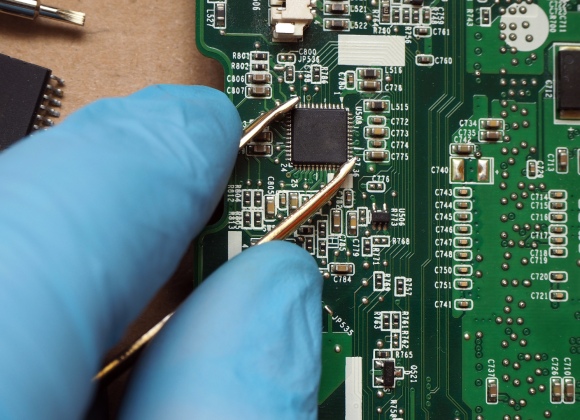In 2025, wearable technology is no longer a fitness-only fad. It has become an integral part of modern healthcare—empowering patients, improving diagnostics, and enhancing chronic disease management. With advancements in AI, biosensors, and real-time analytics, wearables are reshaping the patient-caregiver relationship.
Let’s explore how this shift is happening and what it means for the future of healthcare.
What Is Wearable Technology in Healthcare?

Wearable technology includes smart devices worn on the body that collect health-related data. These devices—such as smartwatches, fitness bands, biosensor patches, and even smart clothing—track vital signs, physical activity, sleep patterns, glucose levels, heart rate variability, and more.
In 2025, the distinction between consumer wellness devices and clinical-grade monitoring tools has become increasingly blurred. With FDA-approved models and HIPAA-compliant cloud integrations, wearables now offer both real-time data and clinical reliability.
Key Ways Wearables Are Transforming Healthcare
1. Remote Patient Monitoring (RPM)

Wearables enable continuous monitoring of patients outside traditional medical settings. For chronic conditions like diabetes, heart disease, and hypertension, RPM helps doctors track real-time vitals and intervene early.
→ Learn more from the CDC’s guide on RPM
2. Personalized Preventive Care
AI-driven wearables in 2025 can detect irregularities before symptoms appear. For example, sudden changes in heart rate, oxygen saturation, or sleep patterns can alert users to seek medical attention—potentially preventing serious health events.
3. Mental Health Tracking

Next-gen wearables now track stress, mood swings, and sleep quality. Combined with apps offering CBT or mindfulness prompts, these devices aid in early mental health intervention.
4. Improved Fitness and Rehabilitation
From post-surgery recovery to physical therapy, wearables guide patients with tailored exercise routines and send compliance data to doctors and physiotherapists.
→ Read how wearables help in recovery
5. Data-Driven Clinical Decisions
Doctors are increasingly using wearable data alongside lab results and imaging to make more informed decisions. Some hospitals even use AI-powered dashboards synced with patient devices.
Real-World Applications in 2025
- Apple Watch Series X detects atrial fibrillation and fall risks with FDA clearance.
- Fitbit Pro integrates glucose and cortisol monitoring for stress and metabolic health.
- Bio-patches monitor heart rate, ECG, temperature, and respiration in bedridden patients at home.
- Oura Ring is used in sleep research to identify patterns related to depression and anxiety.
Challenges and Privacy Concerns
While wearable technology offers revolutionary benefits, it also raises significant concerns regarding data privacy, security, and the over-reliance on consumer devices for health monitoring. One of the major issues is the potential misuse of personal health metrics by insurance companies or employers, which could lead to discrimination or unfair treatment. As wearables collect vast amounts of sensitive information, companies must adhere to stricter data governance protocols, ensuring transparency and compliance with healthcare privacy laws. Equally important, users must educate themselves on who owns their data, how it is stored, and how it may be used.
→ Learn about HIPAA and wearable data to better understand your rights and protections.
The Future of Healthcare Is on Your Wrist
In 2025, wearable technology will have become a vital tool in both preventive and personalized care. As biosensors become more advanced and machine learning algorithms more precise, expect even more seamless integration between wearable devices and mainstream healthcare systems.
Whether it’s early detection, medication adherence, or just better sleep, wearables are empowering patients to take control of their health like never before.




